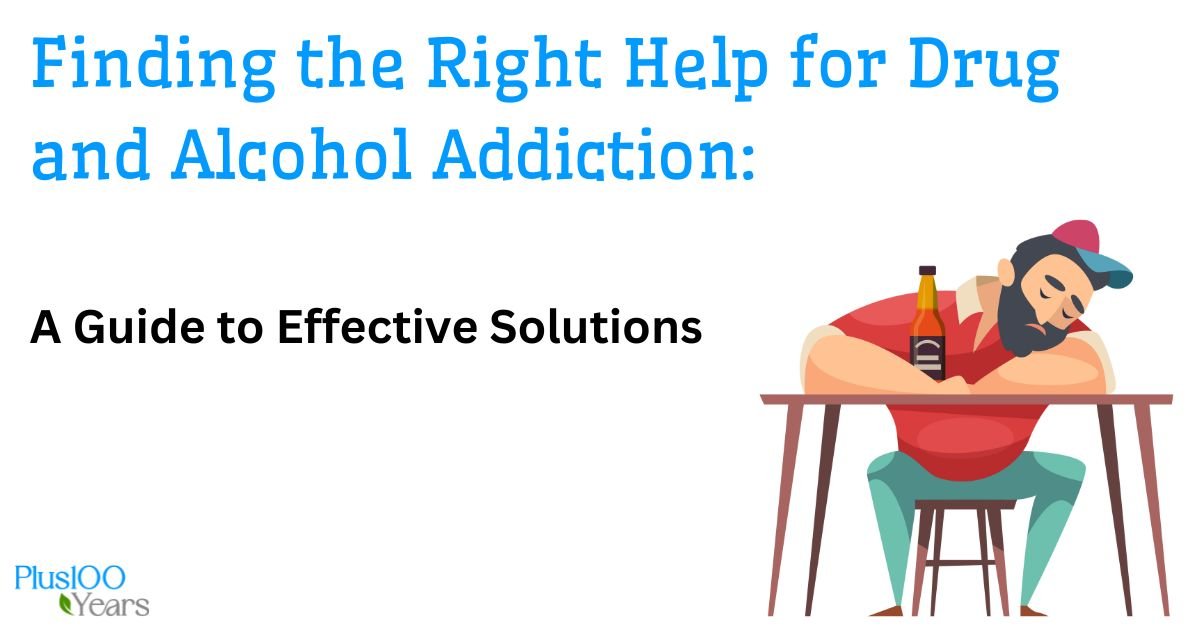Overcoming drug and alcohol abuse requires a multifaceted approach that addresses the unique needs of each individual.
With the growing recognition of addiction as a complex disease, various treatment options have been developed to provide comprehensive care.
Families and individuals facing substance abuse challenges now have access to a range of therapies, each designed to target different aspects of addiction.
From medical interventions to behavioral therapies, these treatments offer pathways to recovery that are both effective and sustainable.
Understanding the available treatment options is crucial in selecting the right approach for long-term sobriety.
Medical Detoxification
Medical detoxification, often the first step in treating drug and alcohol abuse, involves the supervised withdrawal from substances in a safe, controlled environment.
During detox, medical professionals monitor patients around the clock, managing withdrawal symptoms and preventing complications.
This process is essential for clearing the body of addictive substances, allowing the individual to begin recovery without physical dependency.
Medications may be used to ease the withdrawal process and reduce cravings, making detox more manageable. While detox alone is not a complete treatment, it is a critical foundation for further therapeutic interventions.
Inpatient Rehabilitation
Inpatient rehabilitation programs provide a structured, immersive environment where individuals can focus entirely on their recovery.
These residential programs typically last 30 to 90 days, offering a combination of medical care, counseling, and therapy in a supportive setting.
Inpatient rehab is particularly beneficial for those with severe addictions or co-occurring mental health disorders, as it removes them from environments that may trigger substance use.
Patients participate in daily therapy sessions, including individual and group counseling, designed to address the psychological aspects of addiction.
This intensive, round-the-clock care helps establish new routines and coping mechanisms essential for maintaining sobriety after treatment.
Outpatient Treatment Programs
Outpatient treatment programs offer flexibility for individuals who need ongoing care but cannot commit to a residential program.
These programs allow patients to live at home while attending scheduled therapy sessions and medical appointments.
Outpatient treatment is ideal for those with mild to moderate addictions or for individuals who have completed inpatient rehab and need continued support.
Treatment typically includes a combination of individual therapy, group sessions, and educational workshops aimed at preventing relapse.
By balancing treatment with daily responsibilities, outpatient programs provide a practical approach to recovery while ensuring patients remain connected to their support systems.
Cognitive Behavioral Therapy
Cognitive behavioral therapy (CBT) is a widely used therapeutic approach that helps individuals understand the connections between their thoughts, feelings, and behaviors related to substance use.
CBT focuses on identifying and challenging negative thought patterns that contribute to addictive behaviors, replacing them with healthier, more constructive ways of thinking.
Through this process, patients learn to recognize triggers, manage cravings, and develop effective coping strategies to avoid relapse.
CBT is often integrated into both inpatient and outpatient treatment programs, offering tools that can be applied long after formal treatment ends.
The skills gained through CBT are crucial for sustaining long-term recovery and improving overall mental health.
Medication-Assisted Treatment
Medication-assisted treatment combines the use of FDA-approved medications with counseling and behavioral therapies to treat substance use disorders.
You may find this type of drug rehab in Austin and other locations. It is particularly effective for individuals struggling with opioid or alcohol dependence.
Common medications used in MAT include methadone, buprenorphine, and naltrexone, which work by normalizing brain chemistry and blocking the euphoric effects of drugs and alcohol.
When used in conjunction with therapy, MAT can significantly improve treatment outcomes and help patients maintain long-term sobriety.
This approach is tailored to the individual’s specific needs, providing a balanced treatment plan that addresses both the physical and psychological aspects of addiction.
Conclusion
Effective treatment for drug and alcohol abuse requires a personalized approach that considers the individual’s unique circumstances and needs.
Medical detoxification, inpatient rehabilitation, outpatient treatment, Cognitive Behavioral Therapy, and Medication-Assisted Treatment each offer distinct benefits that contribute to a comprehensive recovery plan.
By combining these methods, individuals can address both the physical and mental challenges of addiction, laying the groundwork for lasting sobriety.
Families and patients should carefully consider these options to choose the most appropriate treatment path, ensuring the best possible outcomes.
Ultimately, the right treatment plan empowers individuals to reclaim their lives and build a future free from substance abuse.



